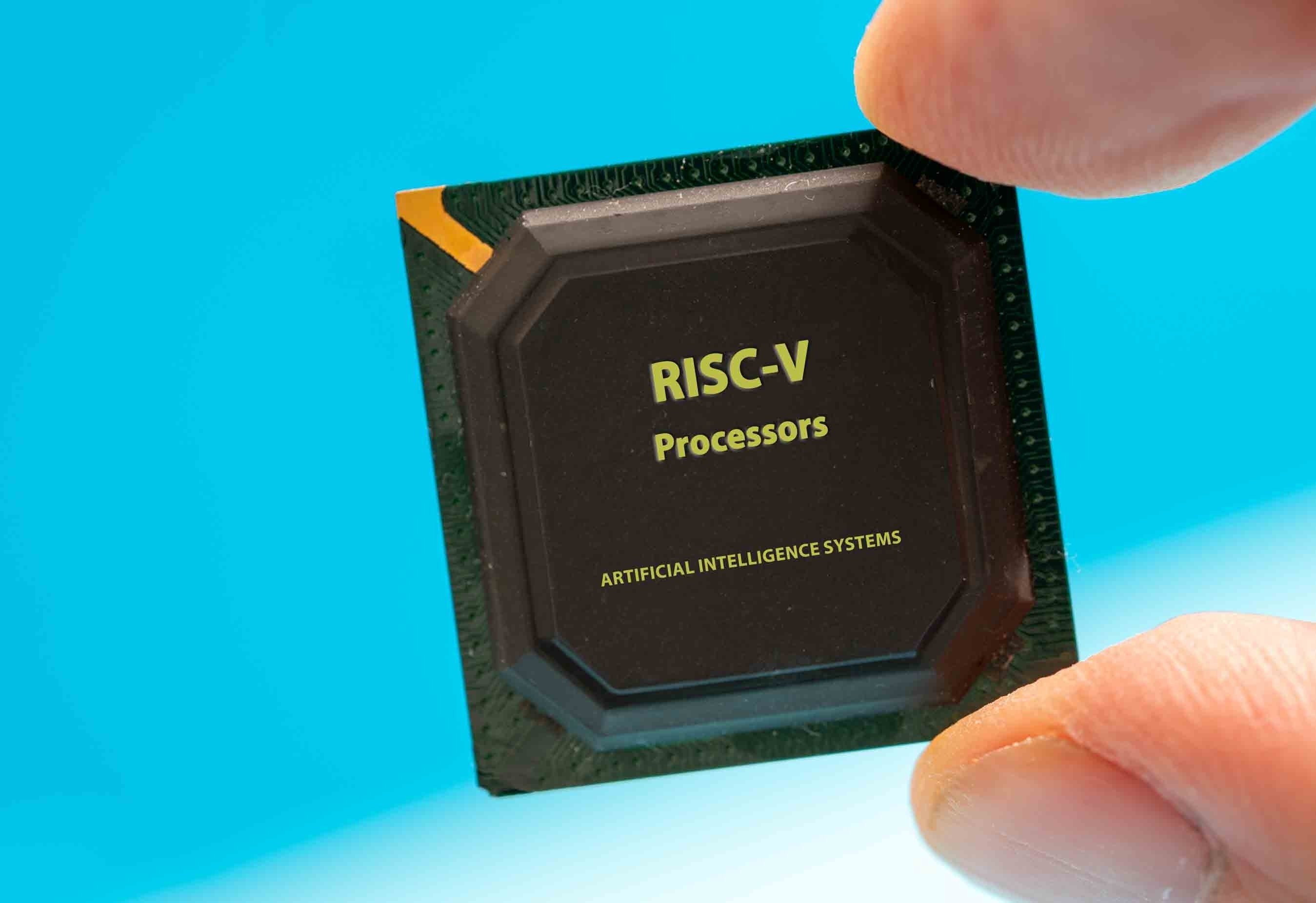RISC-V and Open-Source Silicon: The Chip Industry Disruptor- For decades, computer chips have quietly powered the digital world. Every smartphone, laptop, and cloud server relies on classical processors — tiny silicon-based chips designed to perform calculations using bits, which are either 0 or 1. This approach has served us well, but as technology advances, the industry is hitting physical and practical limits.
Enter quantum-ready chips and RISC-V open-source silicon. These two innovations are not just incremental improvements — they represent a paradigm shift in how chips are designed, built, and used. One prepares us for the extraordinary possibilities of quantum computing, while the other democratizes access to advanced hardware, allowing anyone to innovate.
Quantum-Ready Chips: Preparing for the Quantum Era
Quantum computing has captured headlines for its potential to solve problems impossible for today’s supercomputers. Unlike classical bits, which are either 0 or 1, qubits can represent both simultaneously. This property, known as superposition, allows quantum computers to process enormous amounts of data in ways classical computers cannot.
Quantum-ready chips are not full quantum processors. Instead, they act as a bridge, combining classical computing capabilities with quantum-inspired designs. These chips let engineers and companies experiment with hybrid systems, testing software and hardware that will eventually run on fully quantum machines.
The benefits are potentially enormous:
-
Artificial Intelligence: Quantum-ready chips could dramatically speed up AI training and analytics.
-
Cybersecurity: Quantum-enabled encryption can make sensitive data nearly impossible to hack.
-
Scientific Research: Simulating complex molecules for drug discovery or material science could happen in months instead of years.
-
Energy Efficiency: Hybrid quantum-classical chips can reduce the energy required for large-scale computations.
Major players such as Intel, IBM, and Google are actively developing quantum-ready designs, signaling that this technology is moving beyond theory into practical applications.
RISC-V: Democratizing Chip Design
While quantum-ready chips prepare us for the future, RISC-V is changing the present. RISC-V is an open-source chip architecture, meaning anyone can use it to design and build processors without paying licensing fees or being limited by proprietary designs.
This shift is disruptive for several reasons:
-
Customization: Engineers can create chips for specific tasks, from IoT devices to edge computing and AI applications.
-
Affordability: Open-source design removes the cost barrier imposed by traditional proprietary architectures.
-
Global Innovation: Startups, research labs, and even entire countries can develop competitive chips, leveling the playing field.
-
Faster Experimentation: Open access accelerates development and encourages creative hardware solutions.
Tech giants like Nvidia, Qualcomm, and Western Digital are experimenting with RISC-V cores, while hundreds of startups are building specialized chips that would have been impossible a decade ago. The result? A more diverse, innovative, and competitive semiconductor industry.
Impact on Everyday Life
You might think this sounds very technical, but both quantum-ready and RISC-V chips have real-world implications:
-
Smarter Devices: Phones, tablets, and wearables will have chips optimized for efficiency and performance.
-
Better AI Assistants: Faster, more capable AI will improve everything from voice assistants to predictive analytics.
-
Healthcare Breakthroughs: Simulating complex molecules for drug development could accelerate treatments and save lives.
-
Global Tech Accessibility: Emerging economies can now create advanced hardware, reducing dependence on foreign chipmakers.
In short, these technologies aren’t just for scientists in labs — they will touch almost every aspect of modern life.
Challenges Ahead
Both trends face significant hurdles. Quantum-ready chips require ultra-stable environments and advanced error correction, as even minor disruptions can affect computations. Meanwhile, RISC-V needs a robust software ecosystem and widespread developer support to fully realize its potential.
However, industry investment, growing communities, and active research indicate these challenges are being tackled swiftly. Within a few years, these technologies could become mainstream components of computing infrastructure.
Why It Matters
The combination of quantum-ready and RISC-V chips represents more than just technological progress — it’s a redefinition of computing itself. One prepares humanity for a future where quantum machines can solve previously impossible problems, while the other makes innovation accessible, affordable, and global today.
Together, they promise a world where computers are not just faster, but smarter, more adaptable, and more capable of tackling the complex challenges of our time.



/https://blogs-images.forbes.com/thumbnails/blog_5922/pt_5922_389_o.jpg?t=1543572005)
